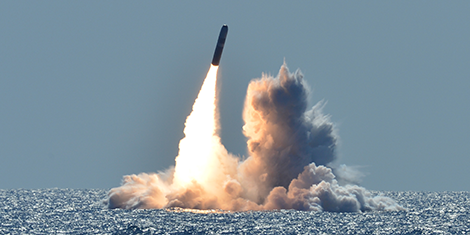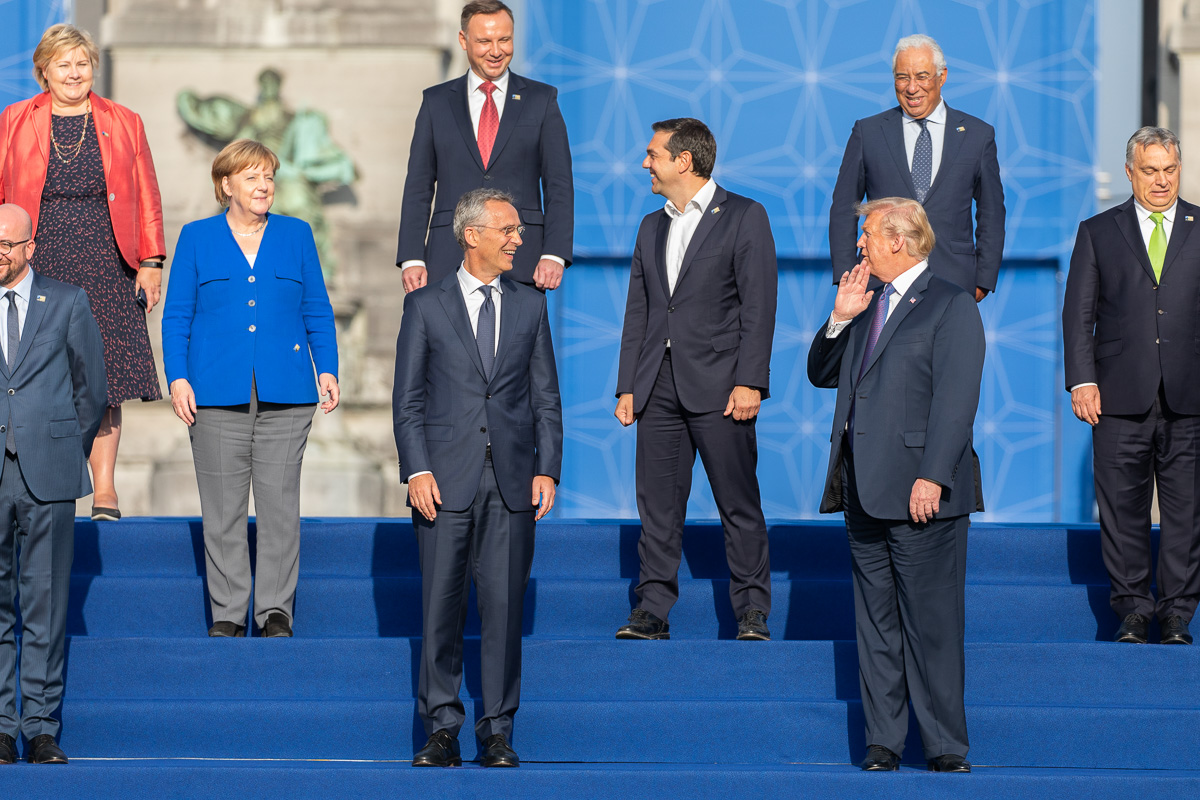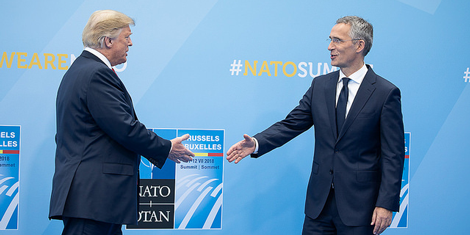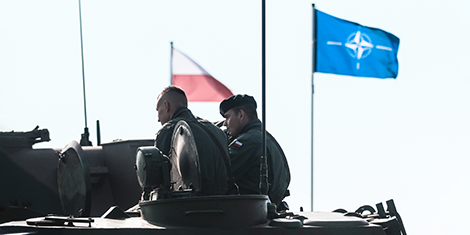
This article was originally published by the ASPI’s The Strategist on 22 January 2019.
Over recent years, a somewhat geeky debate has emerged among the exponents of deterrence and assurance. Although the discussion typically occurs between Americans and nationals of an allied country, it’s overly simplistic to describe it as one between the US and its allies—the divisions aren’t that clear-cut.
The debate is part philosophical and part phraseological. At its core sits a single adjective. Some Americans (including policymakers) say that what the US offers its allies is ‘extended deterrence’. But a number of allied nationals (again, including policymakers) find the phrase underwhelming; they’d prefer that it read ‘extended nuclear deterrence’. And so we come directly to the crux of the argument: the presence or absence of the word ‘nuclear’ in the assurance that the US provides to its allies.







